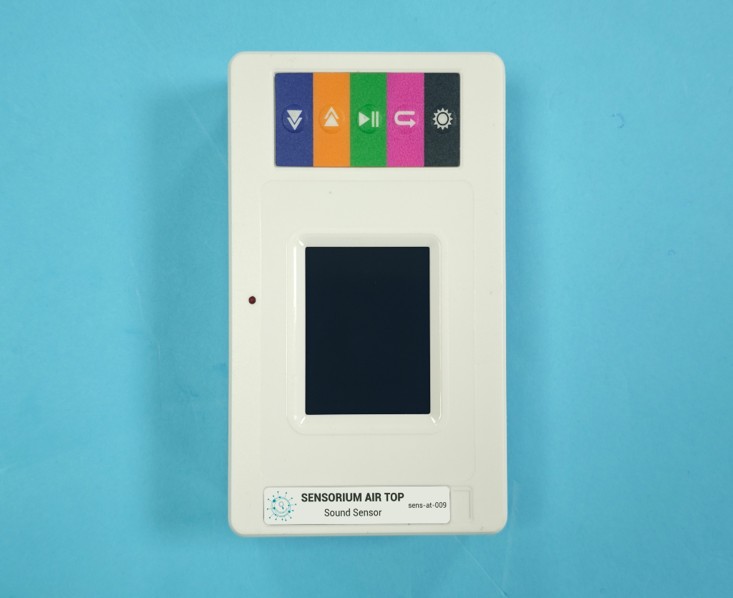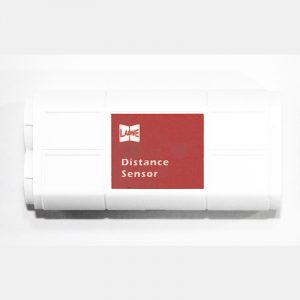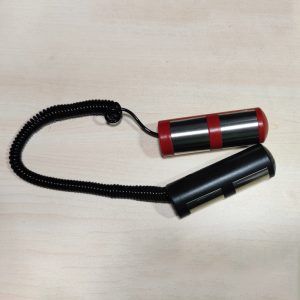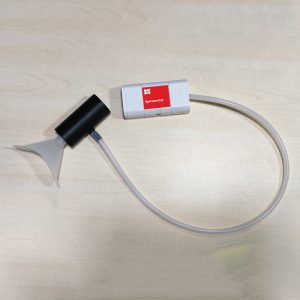
Wireless Air Pressure Sensor with syringe
August 1, 2025
Wireless current sensor
August 1, 2025Wireless sound sensor
Range: 20Hz–20000Hz / 20dB–120dB
Resolution: 0.1dB
I. Working Principle
Vibration causes changes in capacitance, generating corresponding minute voltage variations. This voltage is then converted into a 0-5V signal acceptable by the data collector’s analog-to-digital converter. After A/D conversion, the signal is received by the data collector and transmitted to the computer.
II. Specifications
Range: 20Hz–20000Hz / 20dB–120dB
Resolution: 0.1dB
III. Structure and Features
1. Equipped with a 1.8-inch color LCD screen.
2. Configured with five functional buttons for simple and convenient operation.
3. Supports high-speed USB data transfer for rapid communication with data collectors.
4. Enables wireless communication with experimental terminals.
5. Built-in large-capacity removable battery.
6. Features a snap-on sensor interface for compatibility with standard sensors in combined experiments.
7. Includes mounting holes for securing to iron stands for integration with traditional equipment.
8. Sensor supports mainstream systems such as iOS, Android, and Windows.
IV. Typical Applications
The wireless sound sensor functions as a microphone, receiving sound waves and displaying vibration patterns. It is suitable for studying sound wave vibrations, wave interference, acoustic research, and similar applications.
V. Note
This product is intended solely for educational use and is not suitable for industrial, medical, research, or commercial applications.
VI. Usage Tips
1. The sound intensity sensor measures sound strength and should be directed toward the sound source during use.
2. To ensure the authenticity and continuity of sound wave data collection, minimize interference from factors such as noise.





Reviews
There are no reviews yet.